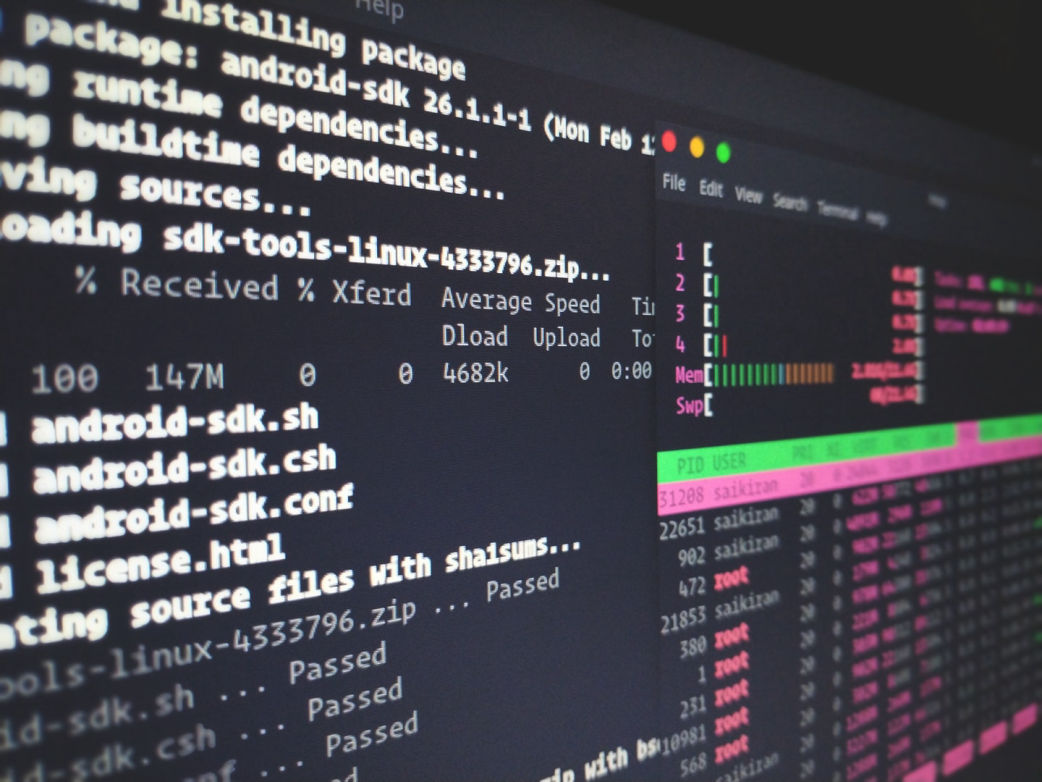Why Ultrasound?
Camera tracking has significant weaknesses when it comes to wearable headsets. First, camera tracking does not work well in a variety of real world lighting conditions, including outside in direct sunlight or in locations with a lot of reflections. Second, camera-based hand tracking is computationally intensive, which leads to an even shorter battery life for untethered smart glasses. Last, camera-based systems often have very small field-of-views (FOVs), which force users to move in unnatural ways. Depending on each employee's range of motion, this could be impossible. Overall, these drawbacks lead to inconsistent usability, lower productivity, and more device downtime.
The low cost per unit and small size of both the transmitter and receiver is a result of our proprietary 6 degrees of freedom tracking technology. Our technology has been internationally recognized and validated through our involvement in HTC's Vive X Batch 1, and we have been a provider of prototyping hardware for the advanced research departments of various Tier 1 OEMs.

